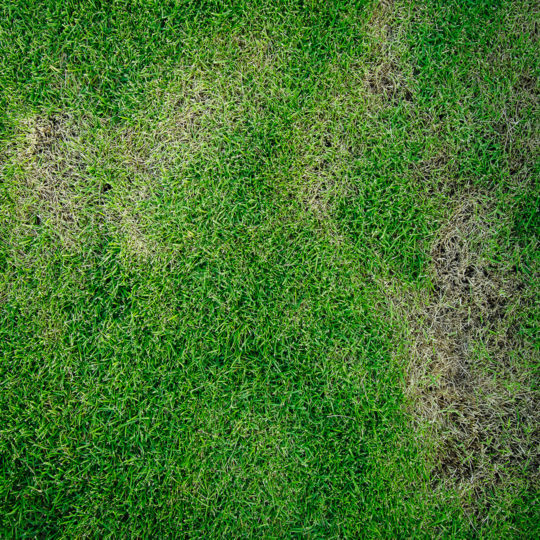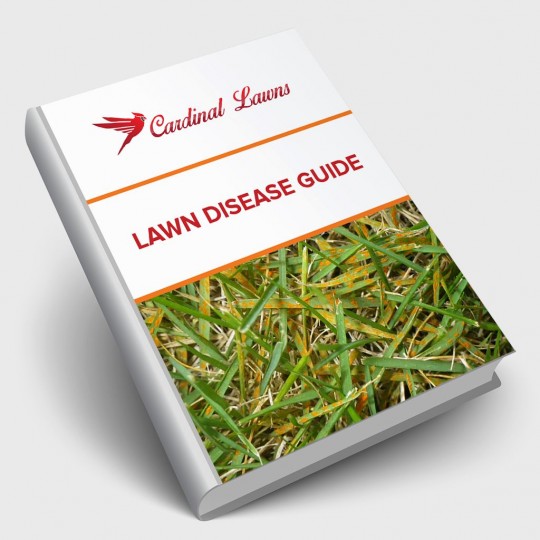What is Pythium Blight
Signs of This Disease + Prevention
Posted
November 1, 2018

Pythium blight—also known as grease spot and cottony blight—can be a highly destructive turfgrass disease, especially on bentgrasses and ryegrasses. Left untreated, severe outbreaks can destroy grass within a few days depending on weather conditions. Here are some of the signs of this disease and how to help control it.
Signs and Symptoms of Pythium Blight
Like many diseases, pythium blight first appears as small, irregularly shaped spots joined together. After a while, these spots grow to look like streaks. Affected patches fade to a light brown or gray color. If there’s high humidity, diseased areas may be covered with white, moldy, cobweb-like fungus.
Pythium fungi can survive for long periods in the soil. Any infected plant debris from the previous season or fungus spores in the soil can be the source of a new infection. Fungus spores move from plant to plant, and under the right conditions, the disease can spread quickly.
These conditions are typically in warm, wet weather from 85 to 95°F. The higher the temperature, the more destruction caused in a short amount of time.
Controlling Pythium Blight
While you can’t control the weather, there are ways to help control the spread of plant disease affected by its conditions. Here are some suggestions.
- Fertilizer. Pythium blight develops more rapidly around higher levels of nitrogen. You can help adjust levels with the right fertilizer applications.
- Grass-type. Kentucky bluegrass and tall fescue are less susceptible to blight than perennial ryegrass and bentgrasses.
- Drainage. Proper water drainage and air circulation, especially where susceptible grasses are grown, can help control this disease.
- Proper disposal. Throw away any grass, leaves, or plants showing signs of diseases. Don’t leave them in the soil or use in organic mulch.
- Fungicides. Chemical applications can be helpful for controlling disease on some of the more susceptible grasses, but timing is important. During hot, wet seasons, spray the first applications as soon as symptoms develop. On high-value turf—like golf courses—fungicide applications may be more worth the trouble.
Asking the Blight Questions
If you’re still not sure if Pythium blight is the disease you’re dealing with or how to control it, contact Cardinal Lawns for further assistance. Getting ahead of the problem will help make controlling it and preventing future outbreaks easier.

Download Your FREE Lawn Disease Guide
Even the most manicured landscapes are susceptible to lawn disease. Take some time to learn about identification and removal before one takes over your lawn. This handy guide teaches you how to spot common lawn diseases as well as how to properly treat them.